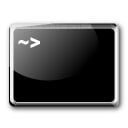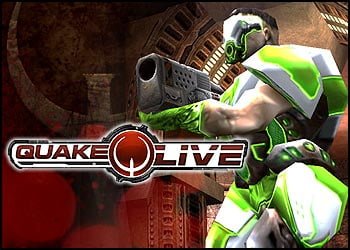
This post is intended to instruct Linux users to get on the right track to begin using the command line effectively by providing some guidance in the learning process. This is the way I learnt on how to use the CLI and have worked for me every time.
First things first, NEVER EVER uninstall your GUI (Graphical user interface) if you aren’t comfortable with the CLI, because if you do and you get stuck doing something then you wont have a fallback method and will become frustrated and probably give up.
Also its important to note that when you start to notice that people on forums tend to give you instructions/help via CLI commands then you start to understand things and you feel better using the CLI. I started with Ubuntu and all GUI versions of programs, and have slowly worked my way to have a perfectly working file server at work (using ubuntu server, CLI only) and a perfectly working arch for my Laptop. Pretty much all system maintenance is done via CLI.
Here are some simple steps with simple tasks to get started:
Learn the most basic commands first (cp, mv cat, reboot, poweroff, man, ls) and get comfortable using them
The above commands are critical on any Linux system, It doesn’t matter what distro you use, all this commands will be available and MUST be learned if you want to be GUI free.
– cp is for copying files
– mv is to move files
– cat is for concatenating files and print on the standard output
– reboot, well, the command name pretty much says everything you need to know
– poweroff turn off the machine
– man is for watching man pages (descriptions of swicthes for an specific command and how to use them)
– ls is to view files and folders structure
Choose some widely used tools and learn how to work with them
Applications like nano or vi for text editors (nano it’s very easy to use, vi is more advanced).
You can learn to use vi by using the included tutorial just type “vimtutor” and you will get a full tutorial explaining it step by step on how to master it.
Every time you need to update/remove a package, do it via your package manager CLI commands
-On Ubuntu you can use apt-get to do this
-On Arch Linux its pacman
-On Mandriva is urpmi
And so on, package upgrade/removal is done a LOT faster if you know the CLI commands
Make extensive use of the man command
It gives all the required info to know what you are doing, for example if you are going to use pacman but don’t know what the commands are just type “man pacman” works with 99% of applications. Also you can use the –help parameter (ie, pacman –help) to give you a brief description of commands.
the –help and man commands are the most useful and will make you learn fast.
If you follow this steps you will (probably without noticing) use CLI more often than GUI to do stuff.


